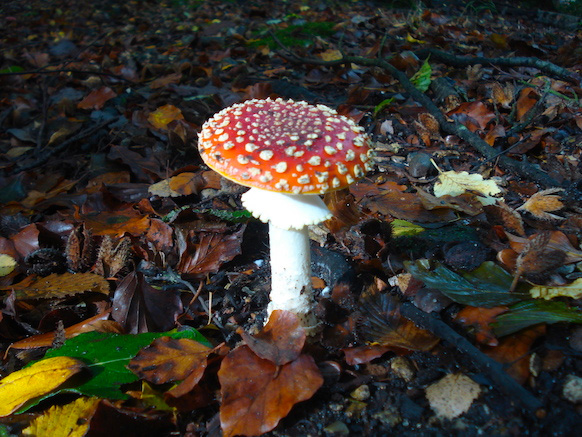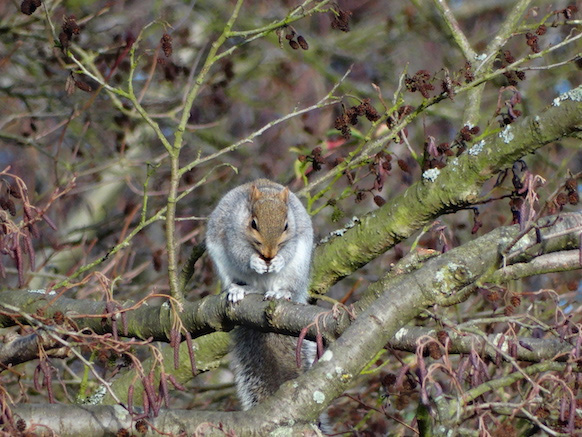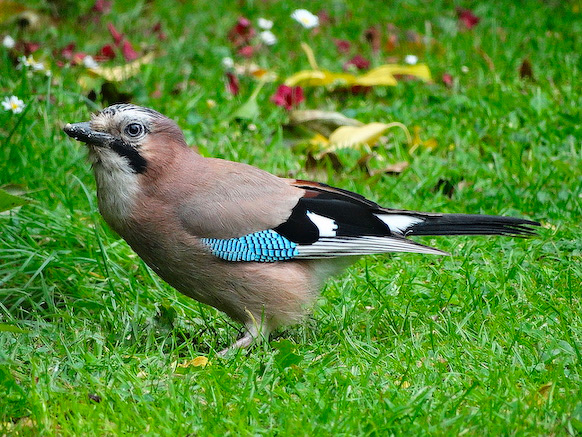Late summer and early autumn is a quiet time for our local woodlands. The bird song, which has been mainly silent since late spring , will not resume until the following spring as birds once again think of breeding and attracting a mate. The dense leaf canopy will also muffle any sound and the leaves have not yet fallen to rustle under our feet as we walk. The changing season with shortening day length and cooling temperatures is a sure sign that winter is not far away and an early morning walk may be marked by a heavy dew and a damp feel to the air. However, there will still be things to observe before winter all too soon arrives.

This is the season for fungi and many common species can be found amongst the leaf litter in all the Ruislip woods. One of the most obvious is the Fly Agaric ‘Amenita mascaria,’ the red one with the white ‘spots’ and very poisonous. Others species lurk unseen and will be discovered if we venture off the main tracks and a decent field guide should enable identification of them, but be warned, it is not easy! The collecting of fungi, or harvesting, is a growing problem and there are notices posted in the woods every autumn to discourage this. If you find any fungi then please identify them if you can and leave them in place for the local wildlife.

At this time of year as we move into autumn there appears to be an increase in the number of Grey Squirrels throughout the woods. This is mainly because the young born during the year have now joined the adults and they are all busy gathering their winter caches of food for the coming shorter days. The Ruislip Woods contain many Oak trees and, as acorns are a favourite of the Grey Squirrel, then it follows that we will have a good population of these animals.
Another species which seems to increase at this time is the Jay. This shy and raucous resident is also out hunting for food to store for the winter and is therefore more obvious. Like the Grey Squirrel it has a liking for acorns. Later in the autumn our resident Jays are joined by birds from northern Europe so it is no wonder that they are seen on a more regular basis.

The waters of the Ruislip Lido will be attracting more in the way of wildfowl and in particular Coot and maybe Gadwall and Shoveler as well as the more expected Tufted Duck. Gull numbers will also increase dramatically with mainly Black headed Gull arriving from Northern and Eastern Europe.
It will be well into October before the winter thrushes arrive and, with a following North easterly wind, both Redwing and Fieldfare will pass through in small flocks with the early morning the best time to encounter them.
The end of the insect season is also upon us and some final species to look out for are Migrant Hawker and Common Darter dragonflies and the Red Admiral, one of our hibernating species of butterfly. In a mild autumn we can still expect to see these as late as early November.
Early autumn with the leaves changing colour and about to fall is a melancholy time for some. However, if we go out with a natural history eye open, we can embrace the changing season and appreciate the changing wildlife. After all, there is nothing we can do to stop it.
John Edwards, Ruislip & District Natural History Society.
